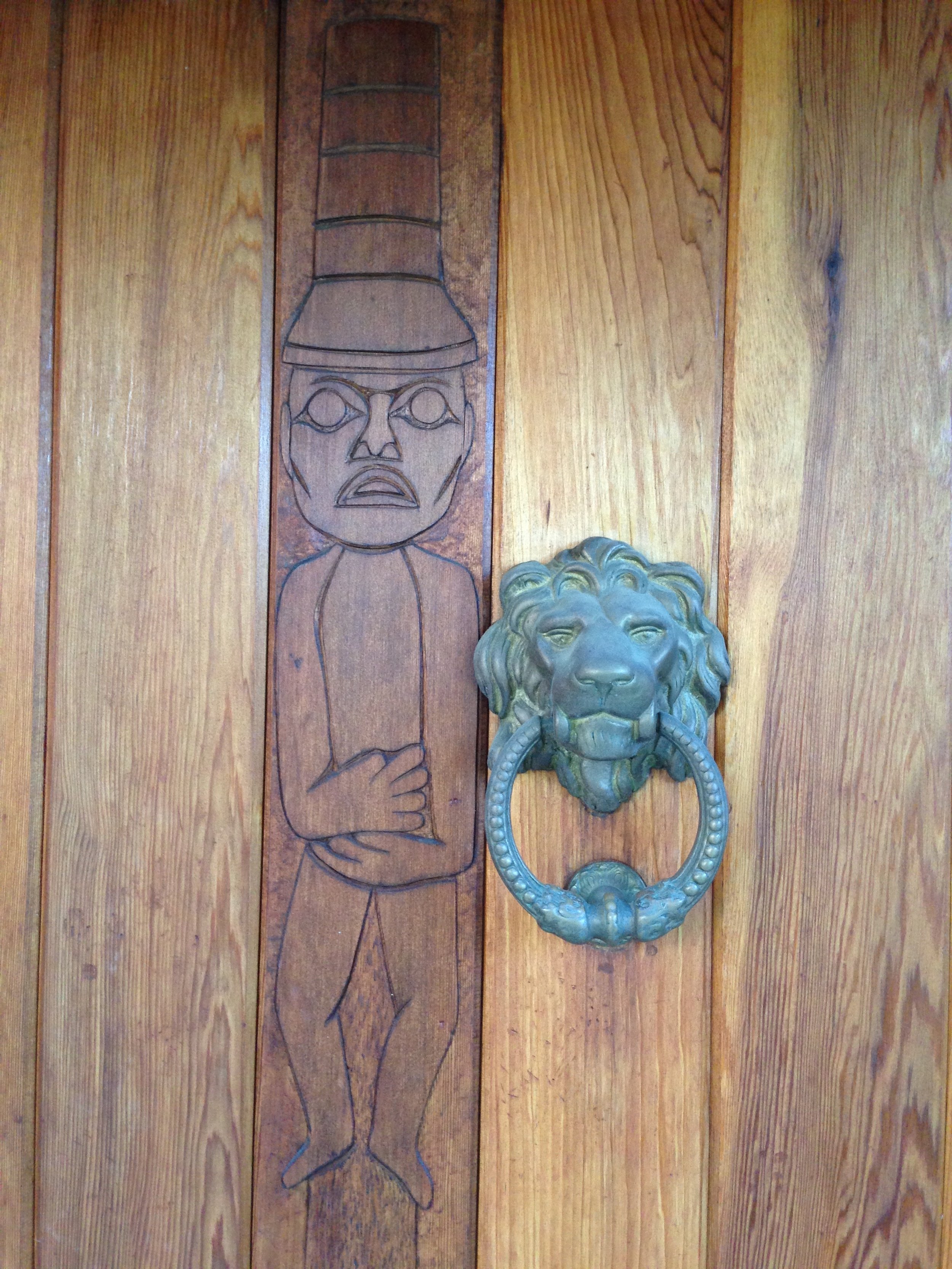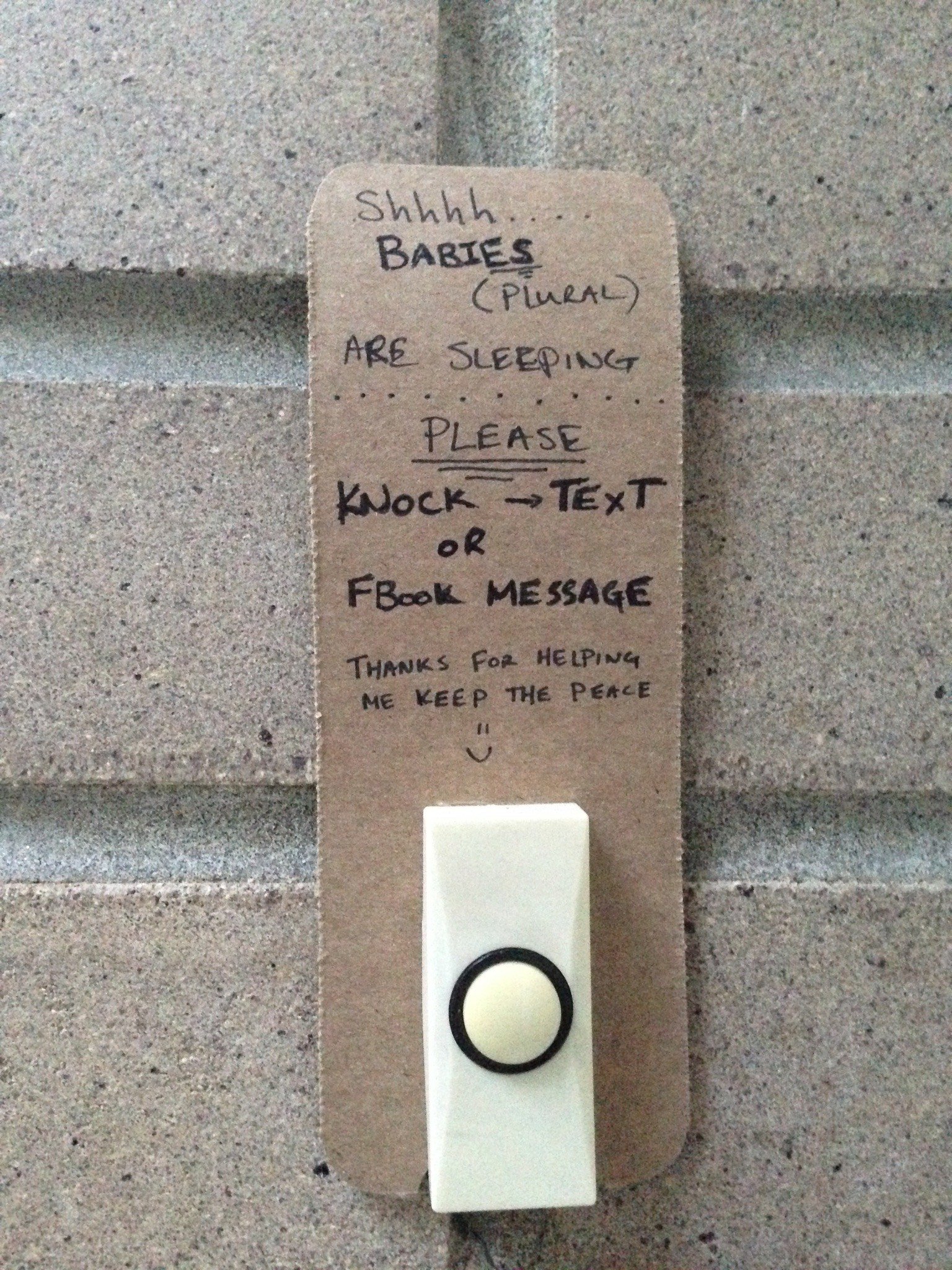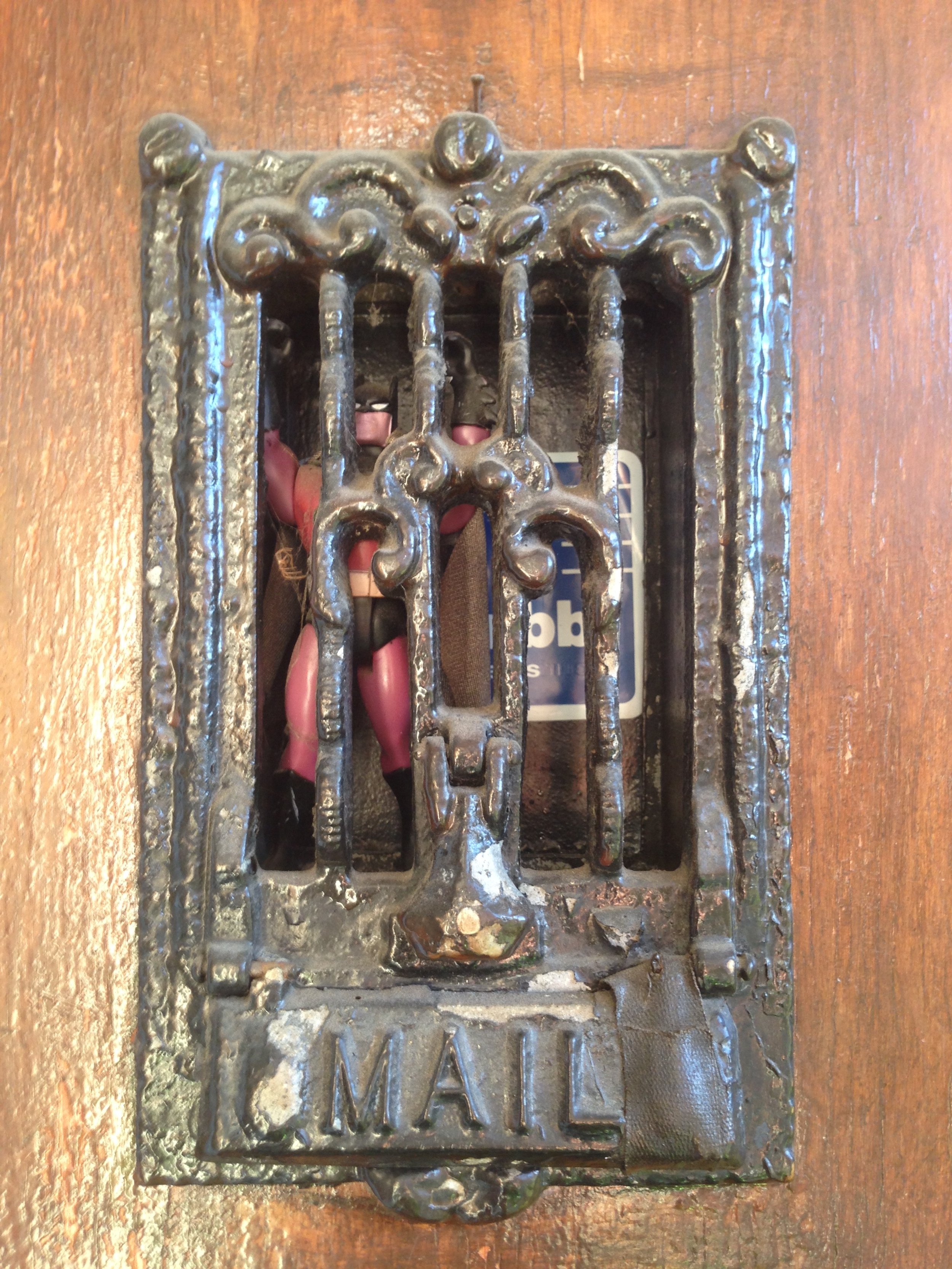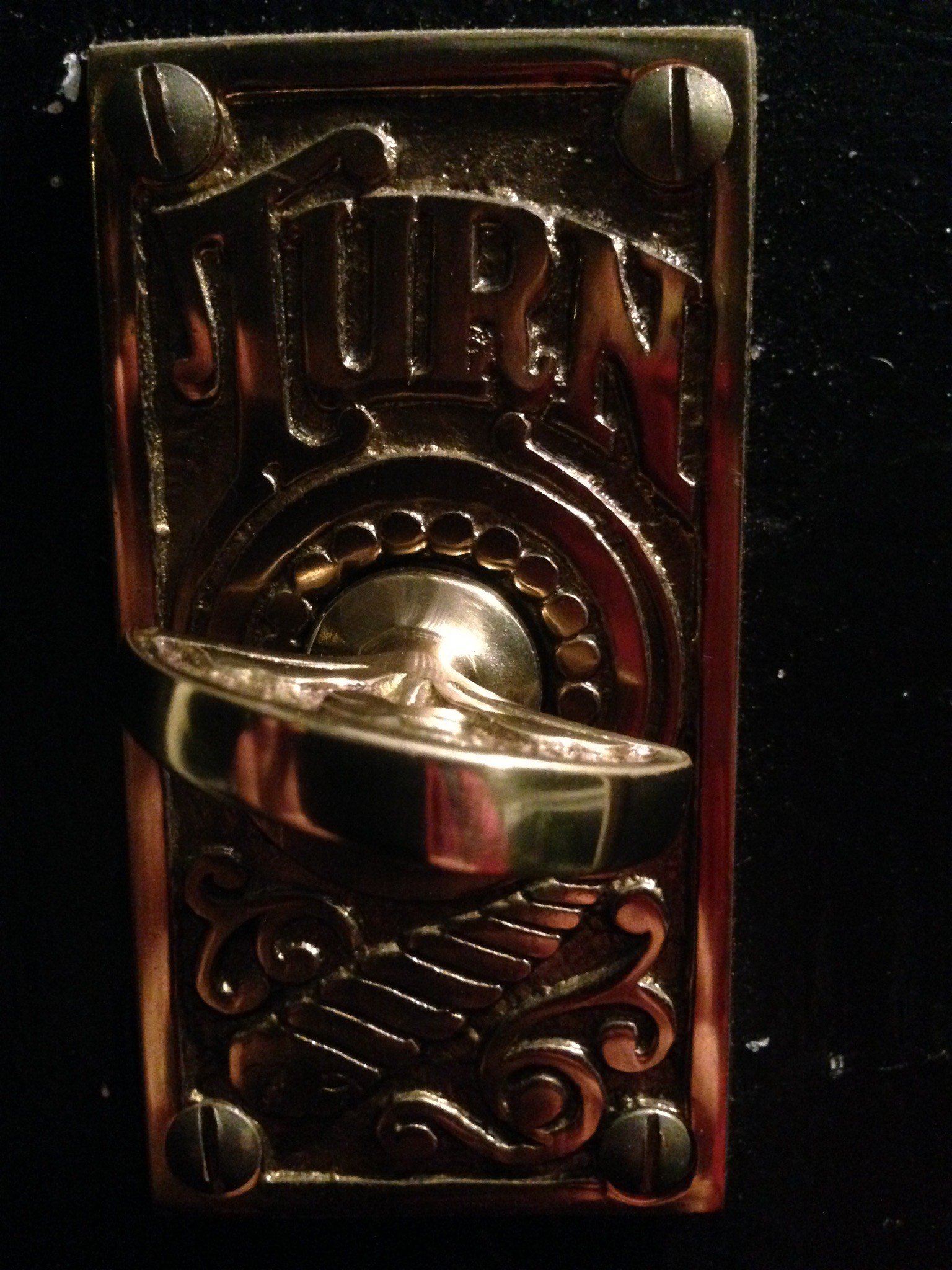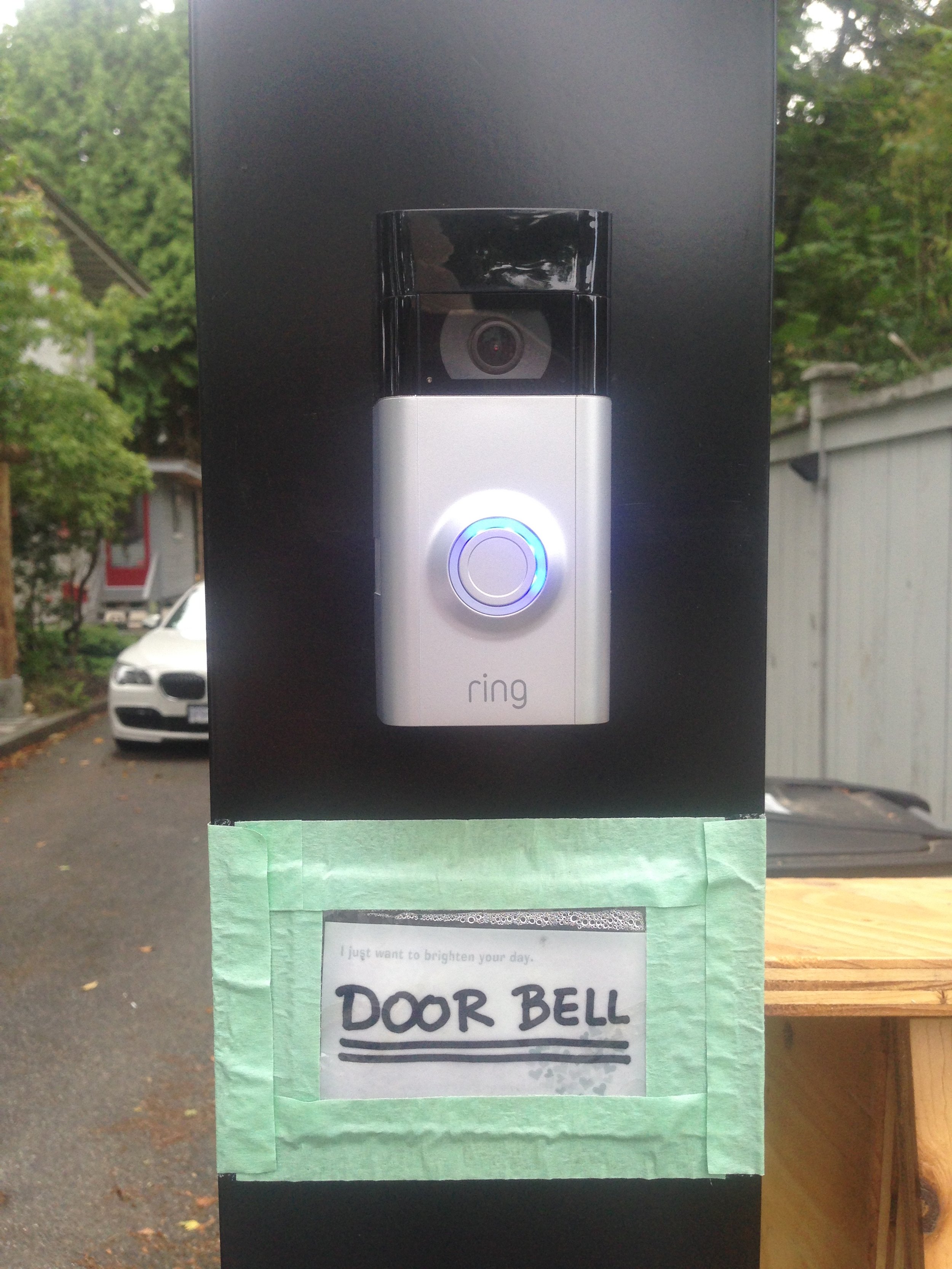Knocking on Doors & Ringing Bells: The Highs and Lows of Canvassing Through Canada
/My door-to-door odyssey begins at age two, riding my tricycle through Toronto’s Leaside neighbourhood in the 80s, towing a wheelbarrow full of zucchinis for sale from my family’s garden. My parents tell me “please to meet you” was my signature ice-breaker, offered with a tiny handshake that quickly turned neighbours into customers.
The next chapter for me was as a child accompanying my mother door to door, rallying residents as activists, canvassing against corruption and pollution. She would bring my sister and I with her, pounding the pavement to sound the alarm about asthma rates rising due to local industrial waste.
Some 25 years later, I once again found myself knocking on doors in the neighbourhoods of my youth, only this time as a professional charity fundraiser. My childhood streets remained oddly the same, like some timeless twentieth century suburban scene from a Rockwell painting.
Point Grey: Where the houses are huge and the donations can be too. Lots of academics and executives live here. Indigenous designs are a popular feature carved into many wooden doors in the neighbourhood, often in contrast with colonially symbolic figurative door knockers.
Canvassing high: a mother-daughter duo invited me into their modernist mansion, and they fill out the donation form while I play their grand piano with a view overlooking the ocean and mountains.
Canvassing low: I’m with a first day trainee slogging along Jericho Beach through a blizzard. A man opens his door, sees that we’re canvassing for an international medical relief charity and yells at us for abandoning his friend at a war hospital in Syria.
Coal Harbour: A community of expensive yacht moorages and high rise condominiums. There are few publicly accessible doors to canvass, but there are street-level townhouses at the bottom of skyscrapers. Residents aren’t as familiar with having their doors knocked here, so the conversations can get a bit edgy. Doorbells tend to be uniform for each unit in a development, it’s hard to get a feel for who lives inside until the door opens.
Canvassing high: candlelit dinner with a kind donor who gives me a tour of their extensive private sculpture and painting gallery.
Canvassing low: chased from a tower by a security guard who can’t believe a resident broke the strata rule of not buzzing canvassers into the building.
Door-to-door canvassing remains an enduring tradition too, a community outreach strategy as old as doors themselves. Despite some residents’ annoyance with charity canvassers, political campaigners, product solicitors, and religious proselytizers, the timeless tactics remain too engaging and effective to go extinct.
Personally, I have knocked on thousands of doors, and trained hundreds of canvassers who have knocked on thousands more. I have represented over two dozen nonprofits over the course of a dozen years in over a dozen Canadian cities. This was never my long-term plan. How did I become this guy?
Sunset and much of South Vancouver is relatively private and more suburban compared to the rest of Vancouver, and with cheaper rents. Canvassing here is a mosaic of demographics and cultures, many of which inhabit multi-unit intergenerational family dwellings. There’s a humble heritage home factor here, with mid-century bungalows yet to be demolished—not due to municipal preservation decree but simply economics.
Canvassing high: meeting the kids, the cousins, the parents, the grandparents… delivering the pitch to entire families at massive dinner tables, or on grand verandahs.
Canvassing low: Chased from the backyard by an angry basement apartment dude with a shovel.
Mount Pleasant lives up to its name. It’s got a sweet spot of housing density that enables an efficiently high door count per hour, with most residents valuing the conversational pedestrian friendliness of their community. There’s some fantastic turn crank doorbells here, befitting heritage houses maintained with custom paint colours in the palette of pigments originally used when the homes were built over a century ago.
Canvassing high: wine and cheese on the patio with a couple who just returned home from a cycling trip, who regaled me with tales of their travels.
Canvassing low: everyone who wanted to donate on that day was an Airbnb tenant with foreign credit cards that weren’t accepted by the payment portal.
After the Indian Ocean tsunami of 2004, I was glued to Google searching survivor videos. I saw an ad in the local paper seeking door-to-door fundraisers and I thought that would be a better use of my time than the internet disaster video binge I was on. I had an Arctic grade parka which gave me no excuse not to do the work outdoors during the Montreal winter. Much to my surprise, my French was just good enough that I lasted on the job for several months.
I responded to the same ad five years later when I was living in Toronto.
Again I donned my parka and pounded the pavement, this time canvassing in English. Soon I became the highest performing face-to-face fundraiser at the city’s largest agency.
I started traveling to new cities to help train and set up teams across the country, which took me to Vancouver during the 2010 Olympics. One week on the West Coast was enough time for me to decide I would permanently move there. Since, I’ve knocked on thousands of doors around the Salish Sea.
Hastings-Sunrise is a gem of a neighbourhood. Here, progressive East Van politics thrive among the working classes generally sympathetic to social justice causes, and when you knock on a Vancouver Special, you’re never sure whether the owner or a renter will answer—and which door will open. This usually makes the difference between a $10/month or $100/month donation pledge, such is the city’s wealth gap.
Canvassing high: meeting all the woke hipster yuppies living in freshly built alleyway coach houses.
Canvassing low: wishing I could speak Cantonese and Italian, so I could talk to the local seniors about their incredible vegetable gardens.
Shaughnessy: Hardly anyone is home. Empty mansions succumb to creeping ivy in the shadow of centenarian monkey puzzle trees, while others may be inhabited by a wealthy widow eager to show you her family photo album, or international students flaunting shoes worth thousands of dollars. Doors are often accessible through a maze of gates, hedges, and intercoms.
Canvassing high: personal tour of a CEO’s home office/company headquarters in his renovated historical home.
Canvassing low: a young fundraiser in tears, and a family enraged that their elderly matron almost made a huge donation while experiencing a heartfelt dementia episode.
Having canvassed through blizzards, atmospheric rivers, and forest fire haze, I recently shifted my pro fundraising career to focus more on grant writing and major donor relationships. I realized during months of Covid social isolation though, that I really do miss being invited into strangers’ homes and talking to neighbours en masse. Those feel good moments of synchronicity when strangers become instant friends through common cause could be as rewarding as face-to-face disagreements that kept me on my toes, in a respectful way.
From Toronto to Montreal and now Vancouver, Eric Shinn (he/him/they) has written news, poetry and features for over 25 years. Starting with teenaged journalism as staff reporter at the Toronto Star, then typography specimen poetry for ShinnType in his twenties, music writing for Thump in his thirties, and now a return to editorial and essays as he enters his forties. Follow Eric’s work on Instagram (@richnines).

